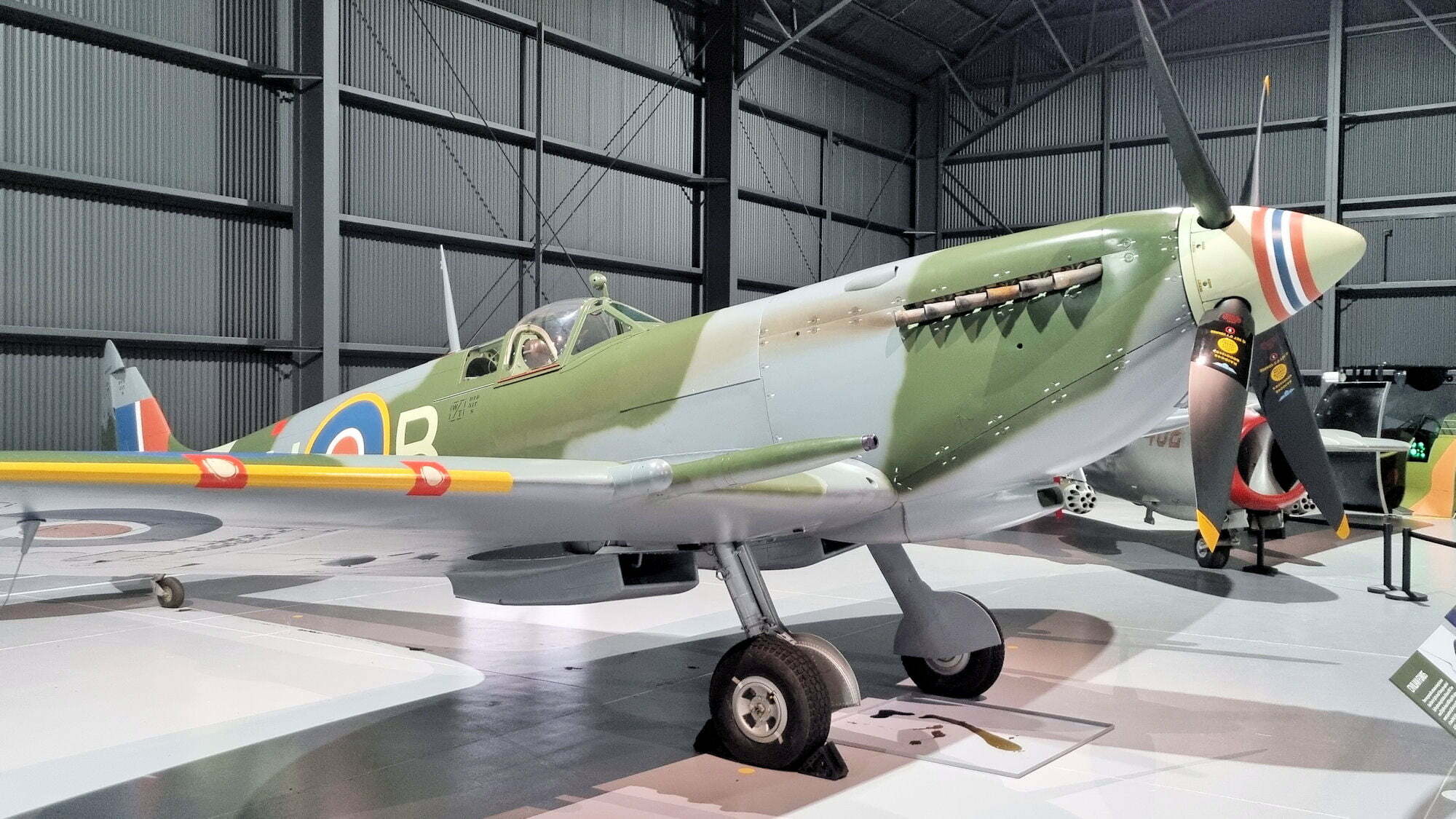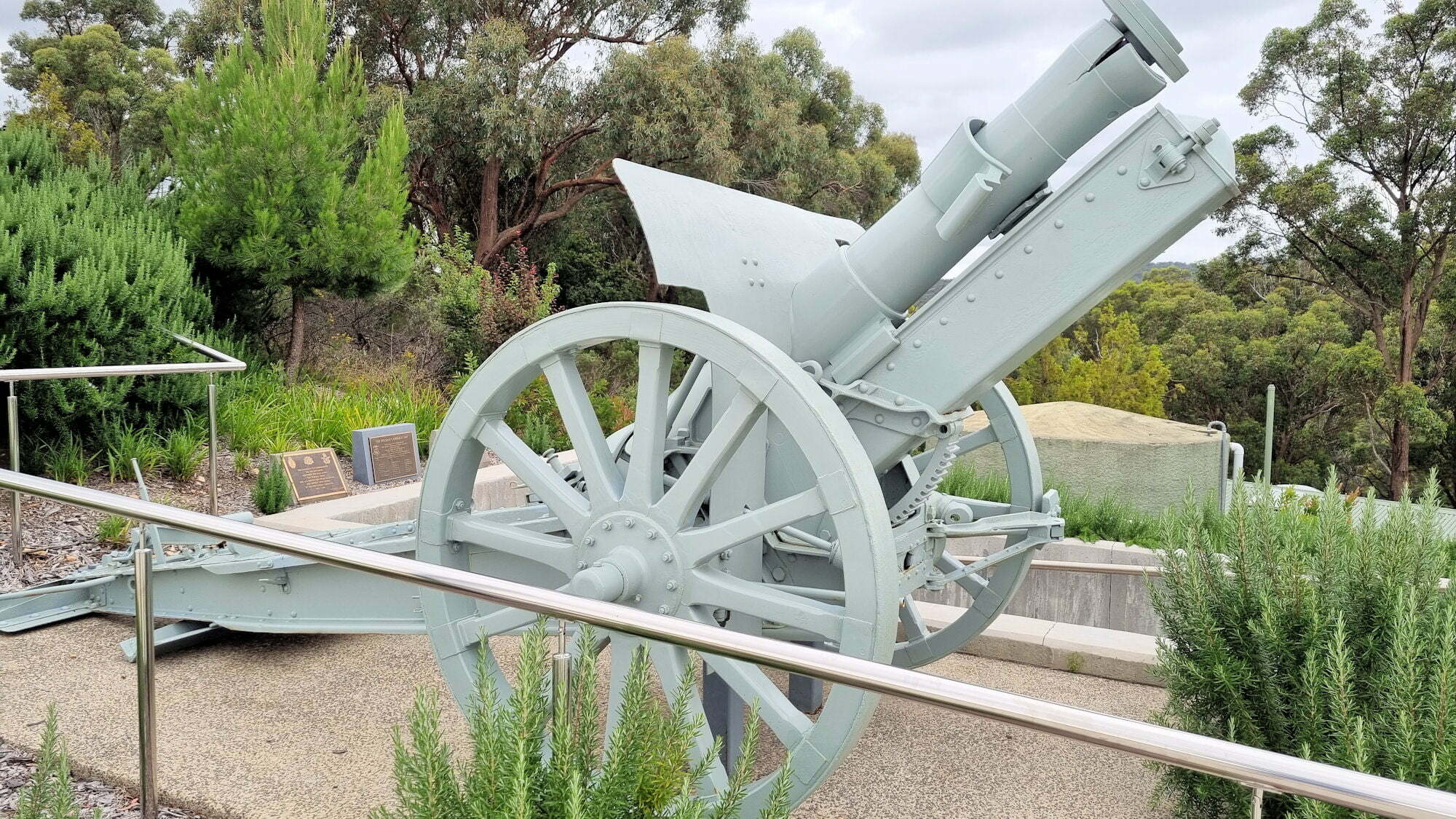Category: Military
-
Hunter Warbirds Aviation Museum

Hunter Warbirds Aviation Museum Located in the Upper Hunter town of Scone, and opened in March 2022, Hunter Warbirds is Australia’s newest aviation museum. Designed to house aircraft and display them to visitors in the best possible way it’s a modern state of the art museum. By car Hunter Warbirds is 300km north of Sydney… Read more
-
Rocky Hill War Memorial and Museum

Rocky Hill War Memorial and Museum Perched on top of a hill, the Rocky Hill War Memorial and its associated Museum is very different from most memorials we have seen around Australia. Overlooking Goulburn in New South Wales, this 10.5m tall tower was opening in 1925 to commemorate all those who served in the First… Read more
-
Australian War Memorial Canberra

Australian War Memorial Canberra’s most popular attraction, the Australian War Memorial is an outstanding tribute to the men and women who have served in the Australian Defence Forces since federation. Access to some galleries is currently limited (2022) because the Memorial is undertaking a major renovation. During this period some exhibits are in storage. However,… Read more